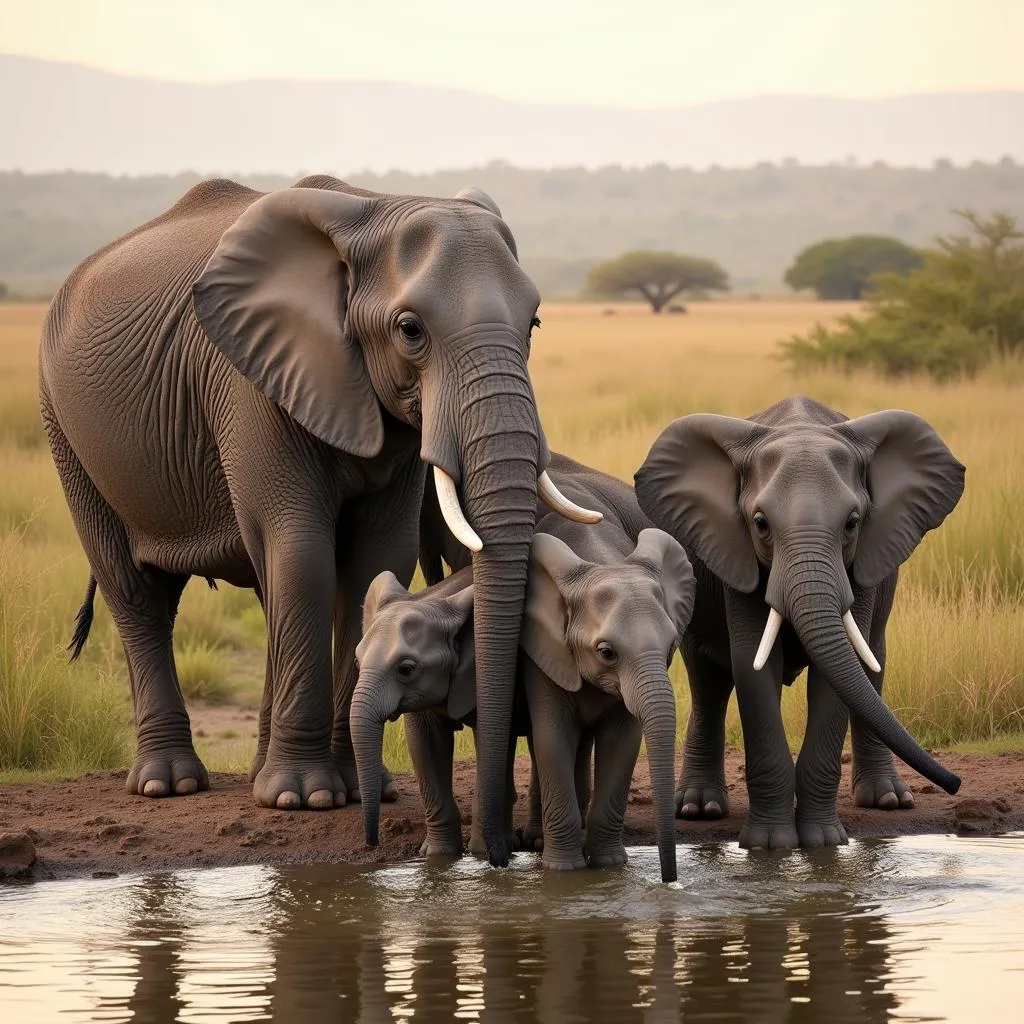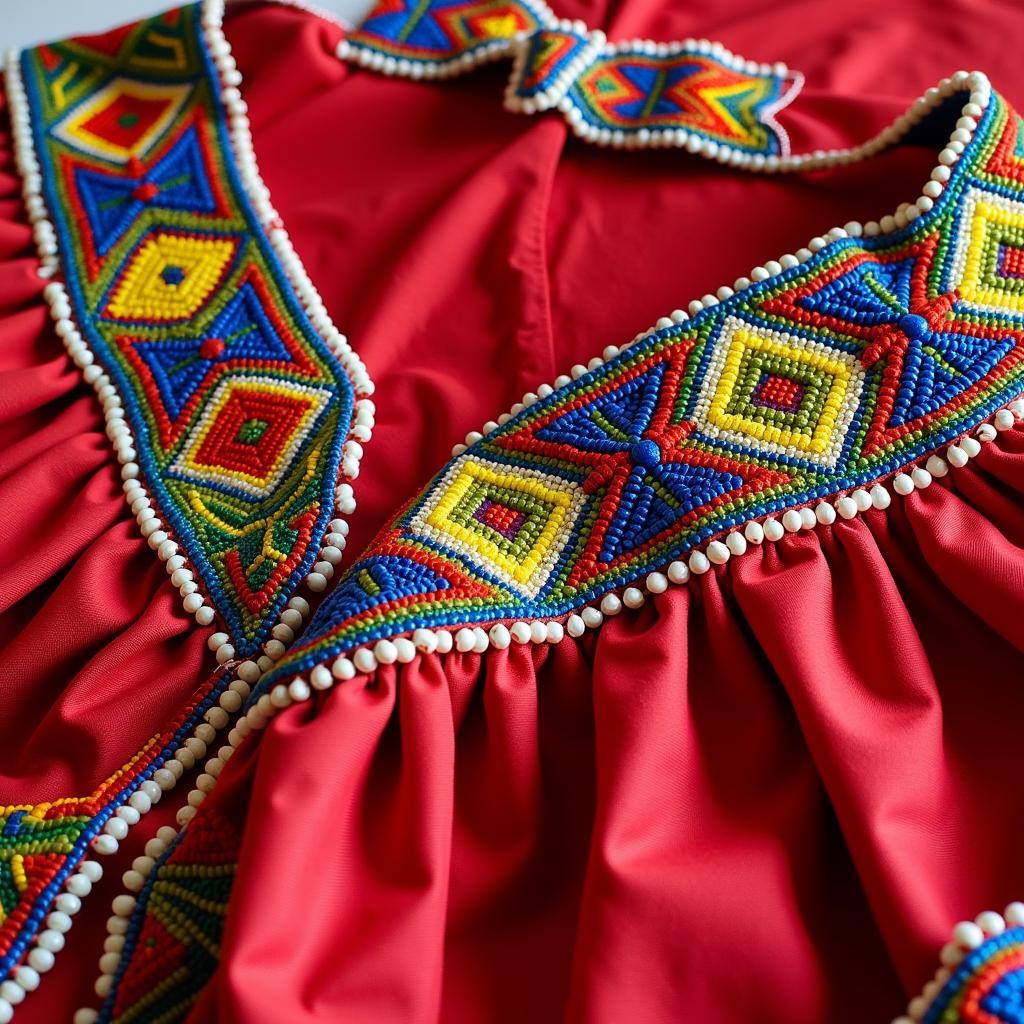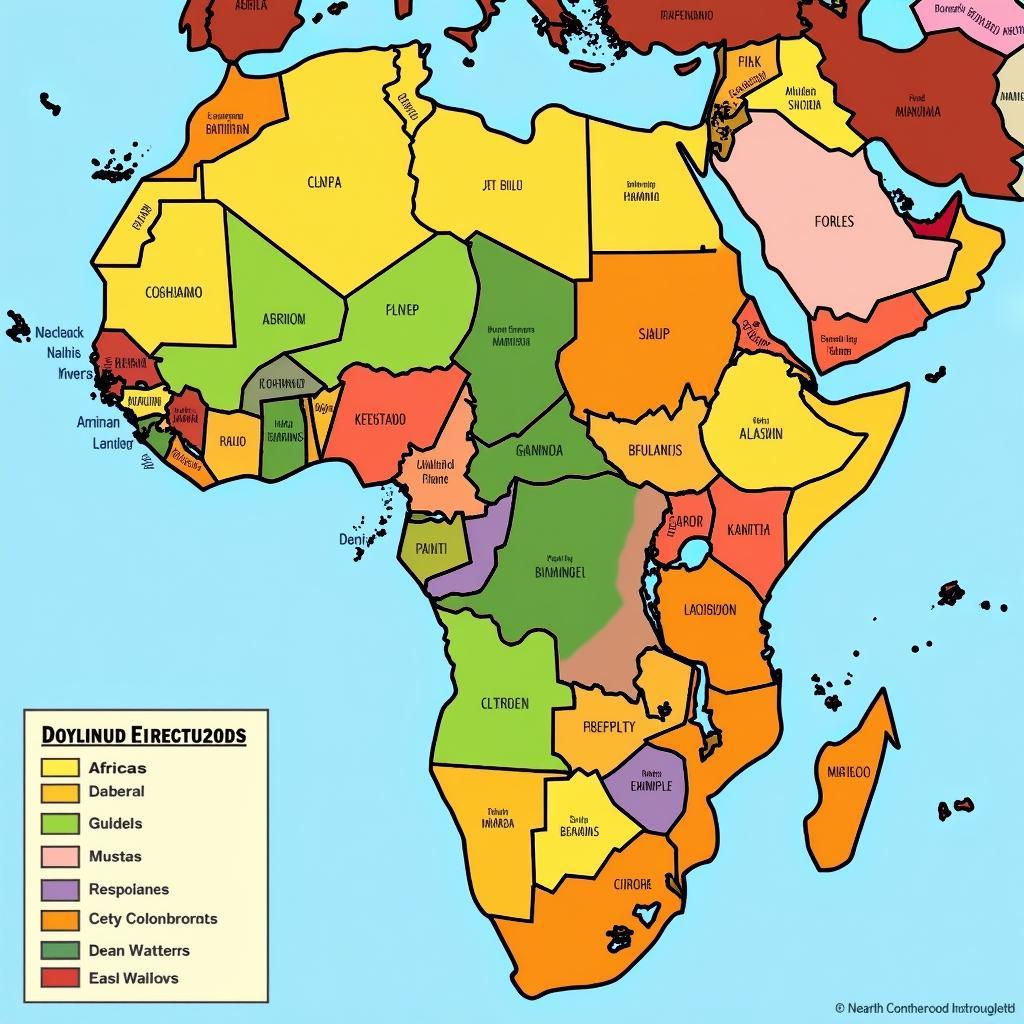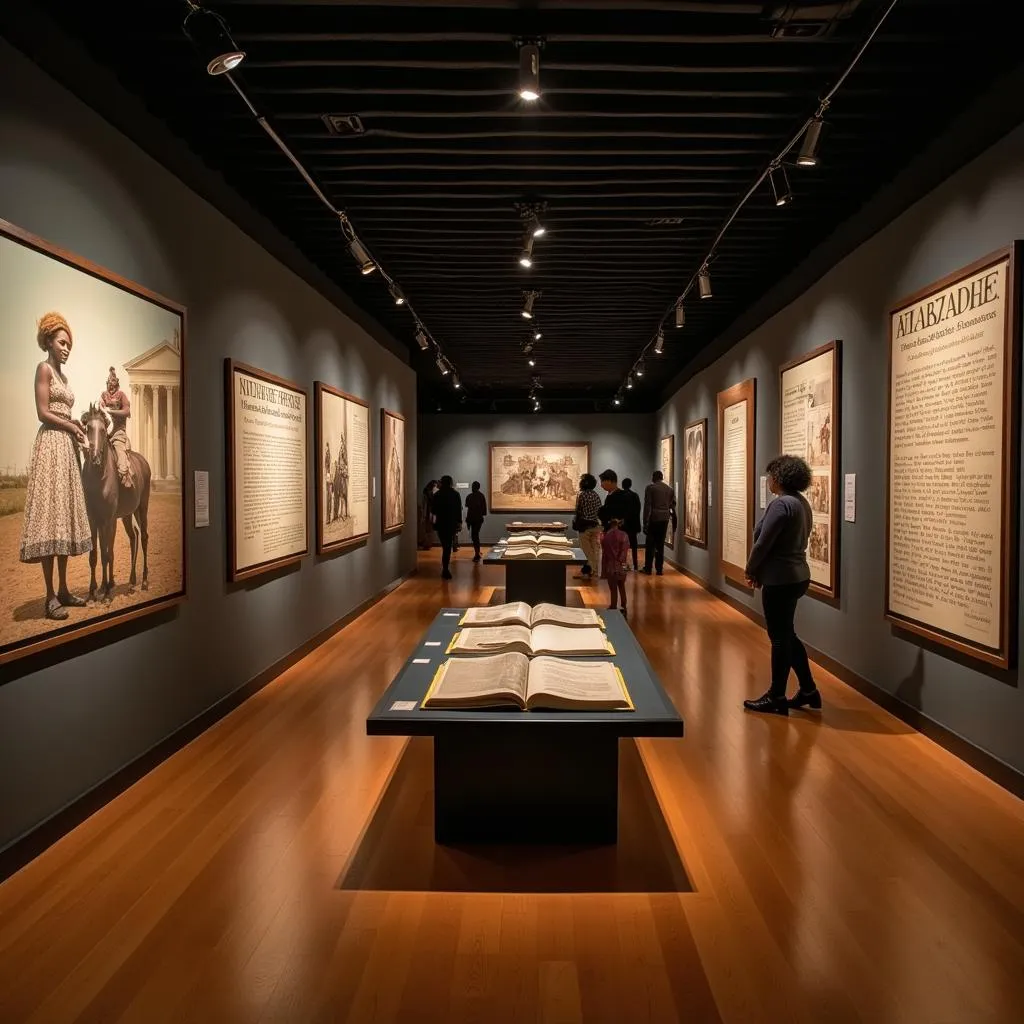Exploring the Wonders of African Wildlife: A Journey Through Diverse Ecosystems
Africa, a continent renowned for its vibrant cultures and vast landscapes, is also home to an incredible diversity of wildlife. From the majestic elephants roaming the savannas to the elusive leopards lurking in the shadows, Africa’s animal kingdom is a captivating tapestry of beauty, resilience, and ecological significance. In this article, we embark on a journey to explore the wonders of African Wildlife, uncovering the unique characteristics, habitats, and challenges facing these magnificent creatures.
The Big Five: Icons of the African Savanna
The “Big Five” – lion, leopard, elephant, rhino, and buffalo – are legendary symbols of African wildlife. These iconic animals, often hunted for their prized trophies in the past, are now protected and represent the pinnacle of Africa’s biodiversity. The vast savannas of East and Southern Africa provide the perfect habitat for these majestic creatures, with their open grasslands, scattered trees, and abundant prey.
Lions: Kings of the Savanna
The roar of a lion echoes across the savanna, a sound that sends shivers down the spine and reminds us of the raw power of nature. These social animals live in prides, with females leading the hunts and males defending their territory. Lions are apex predators, playing a crucial role in maintaining the delicate balance of the ecosystem.
Leopards: Masters of Stealth
Leopards are renowned for their agility, stealth, and powerful physique. They are solitary hunters, often stalking prey under the cover of darkness, and are incredibly skilled at climbing trees, where they often drag their kills to protect them from scavengers.
Elephants: Gentle Giants of the Plains
Elephants, the largest land mammals on Earth, are revered for their intelligence, social bonds, and enduring presence in the savanna. Their massive size and tusks make them formidable creatures, yet they are also incredibly sensitive and nurturing animals, forming strong family units.
Rhinos: Endangered Treasures
Rhinos, with their thick hides and formidable horns, are tragically threatened by poaching. Both black and white rhinos face a critical struggle for survival, as their horns are highly sought after on the black market. Conservation efforts are crucial to protect these magnificent creatures from extinction.
Buffalo: Herds of Strength
Buffalo, or Cape buffalo, are known for their massive horns, powerful bodies, and unpredictable behavior. They form large herds, often numbering in the hundreds, and are a significant source of food for lions and other predators. Their strength and resilience make them formidable adversaries, and encounters with buffalo should always be approached with caution.
Beyond the Big Five: Discovering Africa’s Diverse Wildlife
Africa’s animal kingdom is far more diverse than just the Big Five. Explore the rich tapestry of life that thrives across the continent, from the dense rainforests of Central Africa to the arid deserts of the Sahara.
Primates: The Intelligent Inhabitants of the Forest
From the playful chimpanzees of the Congo Basin to the majestic gorillas of the Virunga Mountains, Africa is home to a remarkable diversity of primates. These intelligent creatures are known for their complex social structures, tool use, and ability to communicate with each other.
Birds: A Symphony of Colors and Sounds
The skies above Africa are vibrant with a symphony of colors and sounds, as millions of birds soar through the air. From the iconic African grey parrots to the vibrant turacos and the majestic crowned cranes, Africa’s birdlife is a breathtaking spectacle.
Reptiles: Masters of Survival
Africa is also home to a wide range of reptiles, including the elusive Nile crocodile, the venomous puff adder, and the majestic African rock python. These creatures play crucial roles in the ecosystem, from controlling prey populations to serving as a food source for other animals.
Conservation Efforts: Safeguarding Africa’s Wildlife
The future of Africa’s wildlife faces numerous challenges, including habitat loss, poaching, and climate change. Conservation efforts are crucial to protect these magnificent creatures and preserve their natural habitats.
Wildlife Parks and Reserves: Havens of Biodiversity
Throughout Africa, numerous national parks and reserves have been established to protect wildlife and provide safe havens for these threatened species. These areas are vital for conservation, research, and ecotourism, allowing visitors to experience the wonders of Africa’s wildlife in their natural environment.
Anti-Poaching Initiatives: Protecting Vulnerable Species
Poaching remains a significant threat to many African wildlife species. Anti-poaching initiatives, often supported by international organizations and governments, are crucial to deterring illegal hunting and protecting vulnerable animals like rhinos and elephants.
Community-Based Conservation: Empowering Local Communities
Involving local communities in conservation efforts is essential for long-term success. By empowering communities to protect wildlife and their habitats, we can ensure that these precious resources are safeguarded for generations to come.
The Importance of African Wildlife: A Global Legacy
African wildlife plays a vital role in maintaining the balance of the planet’s ecosystems. From regulating water cycles to controlling insect populations and maintaining the health of soils, these creatures contribute to a healthy planet. Their existence is a testament to the beauty and diversity of life on Earth, and their preservation is a responsibility we all share.
Frequently Asked Questions:
1. What are the best places to see African wildlife?
Answer: Several iconic wildlife destinations in Africa offer exceptional opportunities to see wildlife in their natural habitats. These include the Masai Mara National Reserve in Kenya, the Kruger National Park in South Africa, and the Serengeti National Park in Tanzania.
2. How can I contribute to wildlife conservation?
Answer: There are many ways to support wildlife conservation in Africa. You can donate to conservation organizations, volunteer your time at wildlife parks, or make responsible travel choices.
3. What is the biggest threat to African wildlife?
Answer: The biggest threats to African wildlife include habitat loss, poaching, and climate change. These factors are interconnected and require comprehensive conservation strategies to mitigate their impact.
4. What are the key differences between black and white rhinos?
Answer: Black rhinos are browsers, preferring to eat leaves and shrubs, while white rhinos are grazers, feeding primarily on grasses. They also differ in their lip shapes, with black rhinos having a pointed lip for browsing and white rhinos having a square lip for grazing.
5. How can I learn more about African wildlife?
Answer: There are numerous resources available to learn more about African wildlife, including online documentaries, books, and websites dedicated to conservation.
 African Wildlife Safari Tour Group
African Wildlife Safari Tour Group
 Elephant Family Drinking at a Waterhole
Elephant Family Drinking at a Waterhole
By appreciating and protecting the diverse wildlife of Africa, we can ensure that these magnificent creatures continue to thrive for generations to come.


